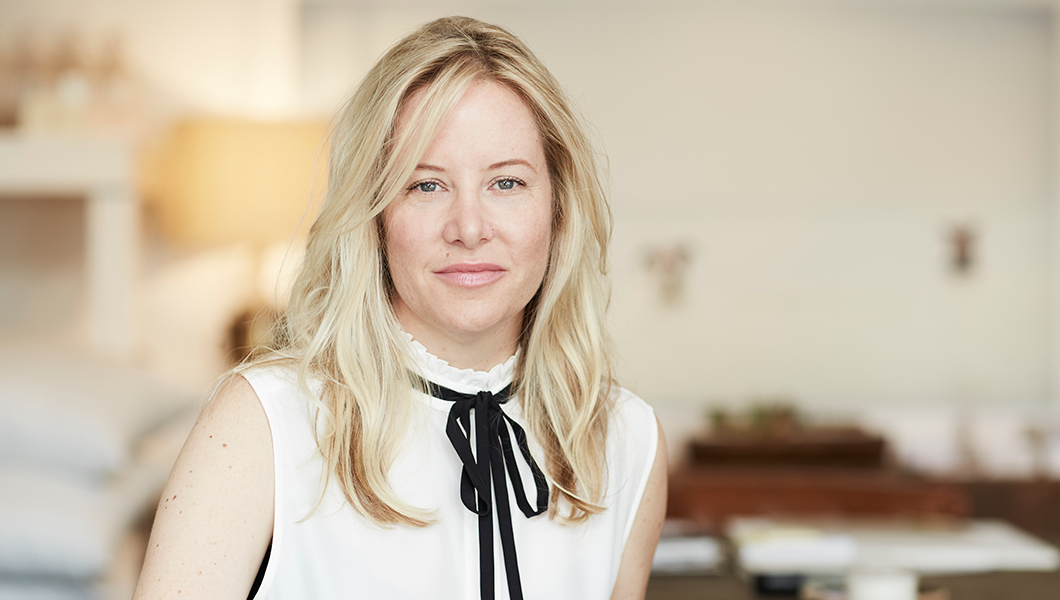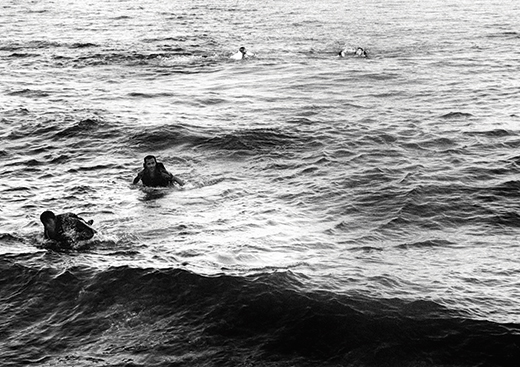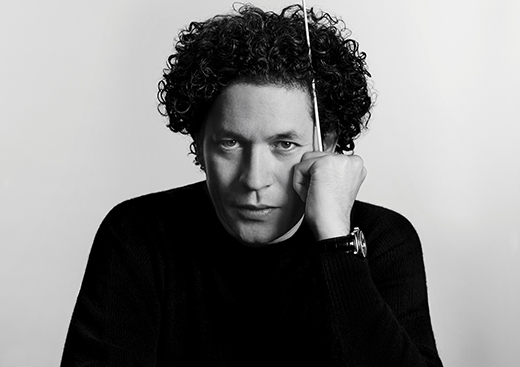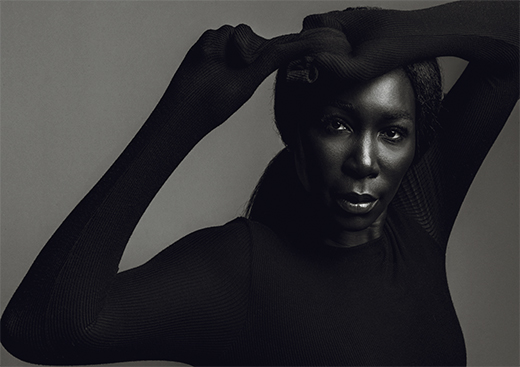Caroline Diani recently came across a photograph of herself as a 7-year-old school girl. She was at home in Northumbria, England, where she grew up. “I had a rabbit at that time and I had a dog,” she says. “I also had a hamster.” In the photo, she poses with all three. The hamster belonged to her class at school, and it was her weekend to care for it. “I wore a bow tie to celebrate the occasion. I wore the bow tie all weekend,” she remembers. “I loved creating occasions to celebrate, even if they seemed insignificant to a lot of people.”
Diani has been trying to capture that childhood passion for the off-the-cuff occasion in the midst of running her 14-year-old DIANI Boutique. She’s been losing herself in curiosities; she recently returned to painting, an art form she’d pursued in school, and started living part-time in upstate New York, where the historicity and weather contrast her beach-town base of Santa Barbara. “I’m trying to go back to the things that made me feel alive when I didn’t have as much pressure,” she muses.
A circuitous path brought her to Santa Barbara and to her boutique, which carries Chloe, Isabel Marant and other curated brands and has gradually expanded to include a thriving online business and home line, DIANI Living. Born in Kenya and raised in Northumbria, Diani had her first taste of coastal California in 1995, when she spent a summer in Ventura, interning at Patagonia. She returned to London, graduated with a fashion design degree and worked first in freelance design, then fashion PR. When her father became ill and she needed more flexibility in her schedule, circumstances conspired dramatically in her favor. “My boyfriend at the time had been buying me scratch cards,” she recalls, “and I never ever scratched them off, and then, this one time, I did.” She won 25,000 pounds, a sizable sum at the time. After splitting it with her then-boyfriend, she bought a small flat, fixed it up and resold it. For the next few years that became her vocation: meeting with contractors, renovating houses, then re-selling them.
She thought she would continue in the same vein in 1999, when she moved to Santa Barbara. But here, there weren’t as many fixer-uppers—she still lives in the mountain home she bought then—and she longed to put down roots. She couldn’t imagine making the long commute to work in L.A. fashion. Then she fell “madly in love,” her words, with a quaint storefront on State Street in downtown Santa Barbara.
“It had beams, and so much character,” she says. She had no business plan. “The landlord just took a chance.” Years later, the space, with its attractive wooden door and tastefully minimal aesthetic, remains her headquarters, though it’s often when she leaves that she finds inspiration.
“I have a freedom when I’m traveling that I crave,” she says. On buying trips to New York, the East Coast or to Southern antique shows, she has no set schedule. “I’m walking around, meeting with people. If I have an hour to spare and I’m next to an art gallery, I’ll walk around it. I’ll go see theater at night.” People-watching, too, has become a stimulating hobby. In low-key Santa Barbara, women often come into the shop in sweats, after yoga or before picking kids up from school. She rarely sees them in the clothes they buy from her. On the streets in London, New York or Paris, women dress to be seen.
“I just will catch a glimpse of somebody and it will free up my imagination,” she says. She’ll think, “Who is that person; why are they dressed that way; where are they going?”
She finds this more interesting than looking at clothing on runways or showrooms. What people wear, and do, in their daily lives is more interesting than staged events—better still to hear their stories. She married three years ago, to actor and photographer Jeffrey Doornbos, and their choice to buy a 400-year-old home in upstate New York has brought different narratives into her life. People share anecdotes on the train; the man she hired to repair the chimney offered up his knowledge of historic masonry. “Growing up in England, I took for granted that you were surrounded by history,” she says. “Even going into a pub, you’d sit down next to an old man and he would tell you his life story.” She has also started dreaming of having animals again; perhaps a farm life could somehow be incorporated into DIANI Living. Diani observes that most of the creatives she admires —like the innovative florist Saipua, who grows her own flowers and raises sheep—approach their work holistically.
“I’m not really interested in fashion, purely,” she says. “I find distasteful the throw-away nature of it. I don’t like the idea of the next greatest thing or being on trend all the time. It’s exhausting to me. But I love the idea of creating something that has meaning and is authentic.”
—





